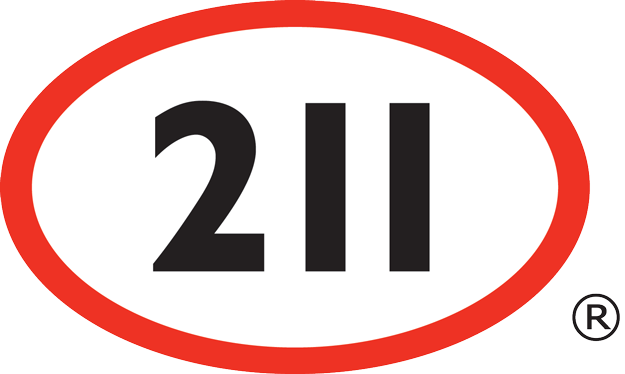Elder abuse, what is it?
In most cases, the perpetrator of the violence is a relative of the elder. Indeed, most common home abuse situations involve an adult child or a partner.
The Guide de référence pour contrer la maltraitance envers les personnes aînées defines various types of abuse, here is a brief summary:
|
Type of abuse |
Exemples |
|
Physical abuse |
Physical assault, inappropriate administration of medication, inappropriate use of containment methods |
|
Sexual abuse |
Fondling, suggestive remarks or attitudes, non-consensual sexual relationships, rape, intimacy deprivation |
|
Psychological abuse |
Social isolation, incapacity to speak freely, reprimands, rude and offensive words, swearing, harassment, blackmail, bullying, infantilization, humiliation, depriving right to go out or receive visits, prohibition to keep personal belongings |
|
Financial abuse |
Pressure to sign documents, excessive costs for services provided, material deprivation, deprivation of home support services (bath, meal, etc.), embezzlement, , theft or mismanagement of assets |
|
Violation of rights |
Restriction on the choice of the living place, prohibition to consult or receive anyone, interference in goods management and financial resources although the senior is capable, deprivation in the senior’s right to consent or refuse care, lack of respect of the senior’s autonomy, intimacy and dignity, lack of respect of rights as defined by the Charter of human rights and freedoms and other laws, abuse as a trustee |
|
Systemic or institutional abuse |
Abuse of authority, lack of customized care, institution not well adapted to the senior, lack of resources, waiting period, lack of training for staff |
|
Ageism |
Imposition of social standards or rules based on age, reduced accessibility to some resources; use of negative stereotypes |
If you believe you are victim of abuse or know someone who seems to be a victim of abuse, do not hesitate to contact the:
Ligne Aide abus Aînés: 1 888 489-2287 http://www.aideabusaines.ca/








